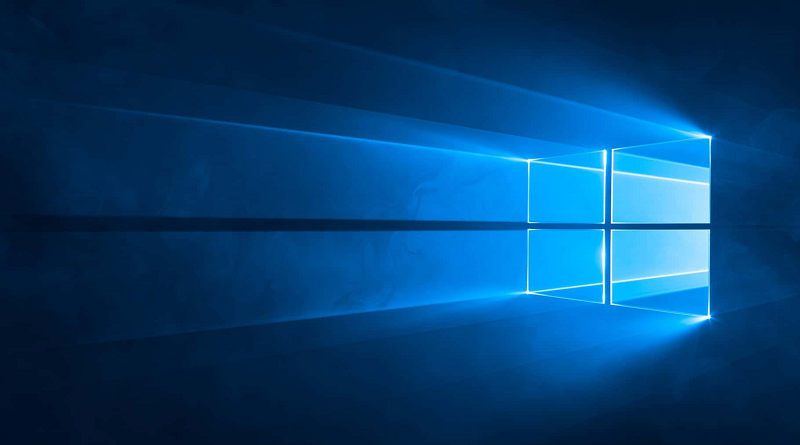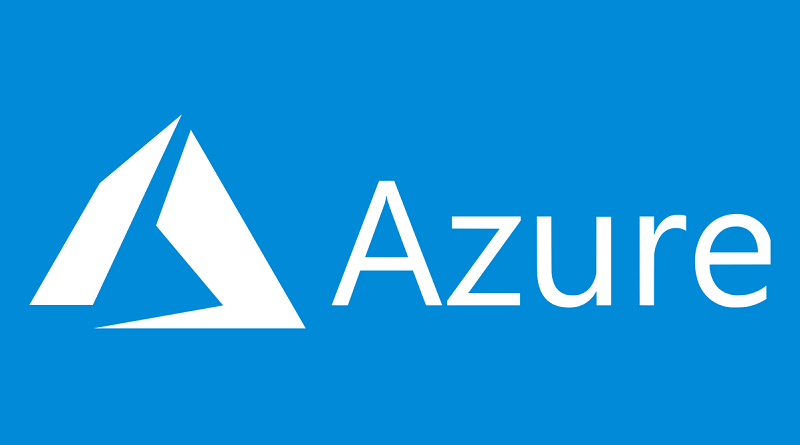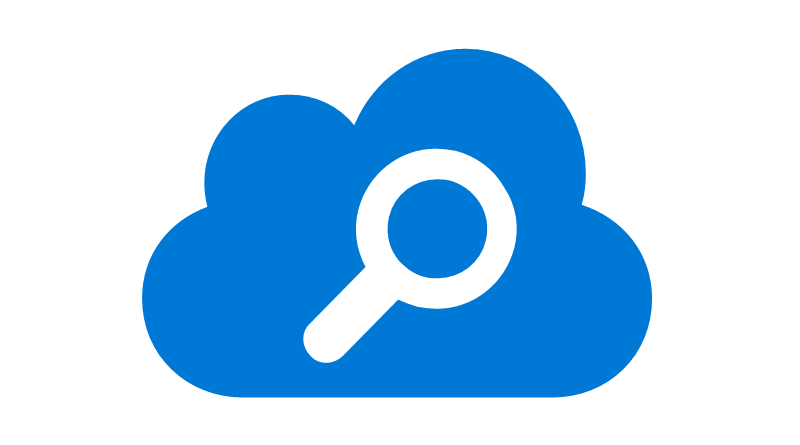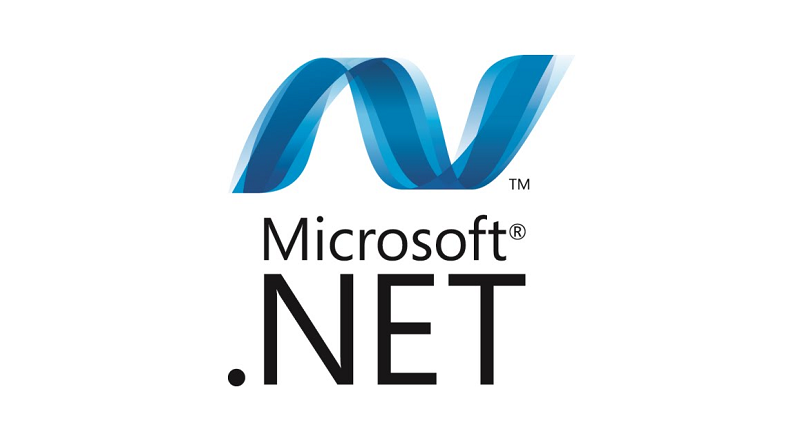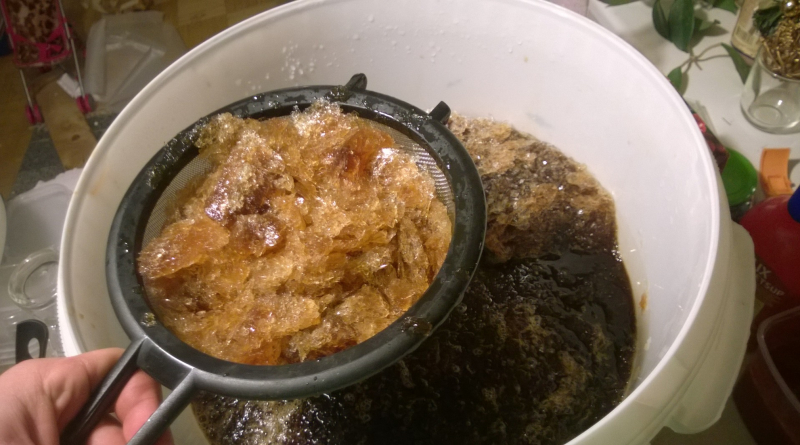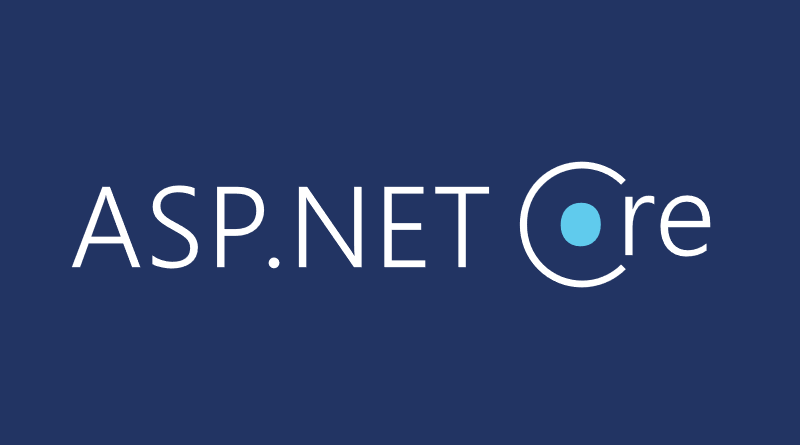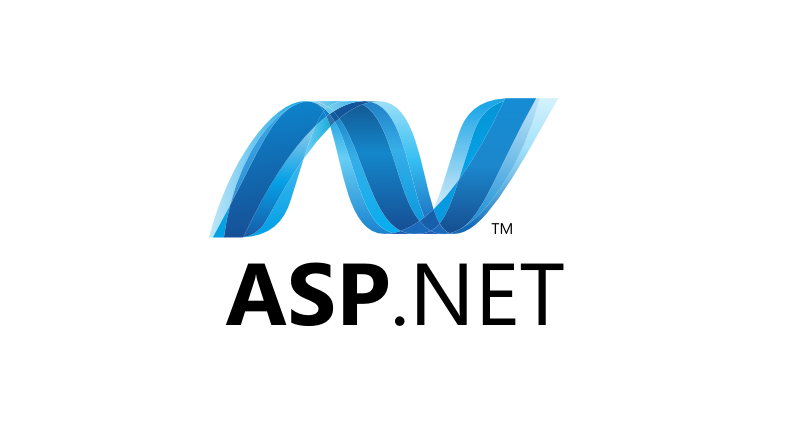What is Universal Windows Platform (UWP)?
Universal Windows Platform is almost new kid on the street and it’s time for developers to find out what it is, how it works and why to bother. In this post I make short introduction to UWP for developers. I also share some of my thoughts about platform and point out some useful resources that help you to get started.
Read more
